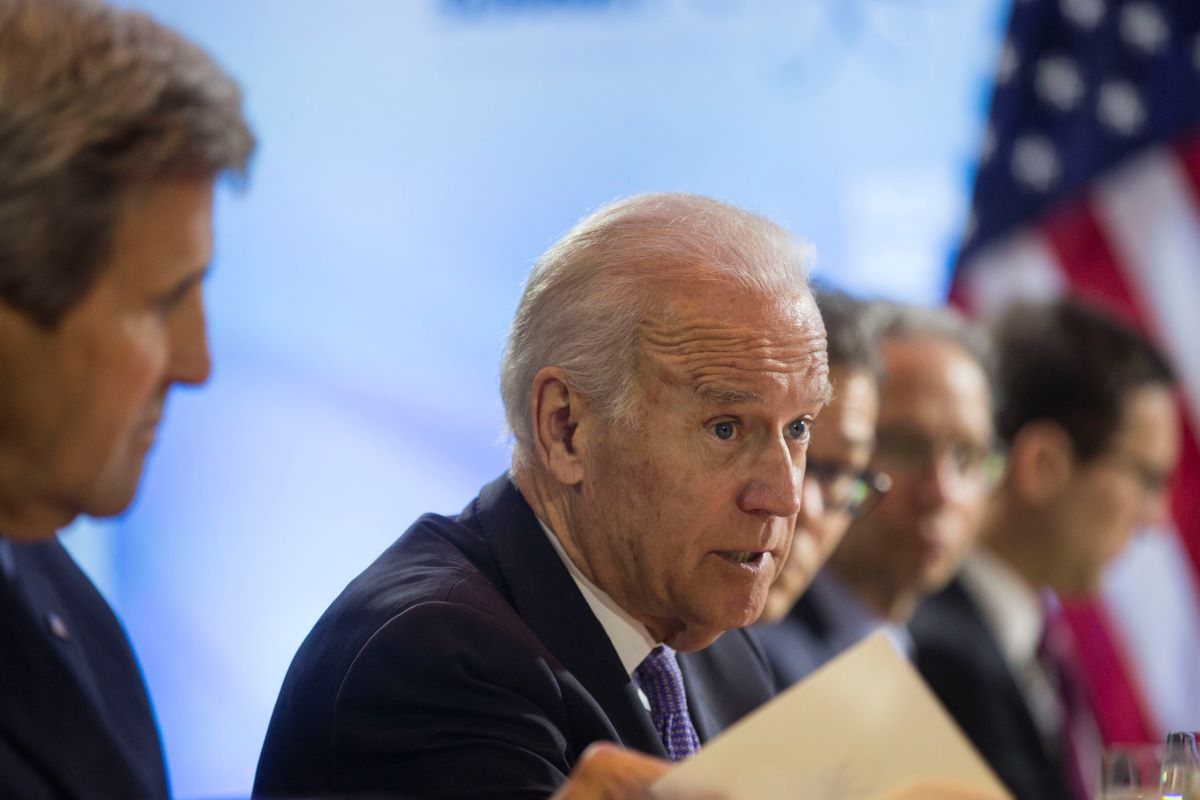Advocacy groups say Biden Administration’s new health care-only COVID standard is not enough
The long-awaited emergency temporary regulation was issued three months past the self-imposed deadline set by Biden in January.

Workers and workplace advocates held rallies in around the country this week calling for stronger and more enforceable protections from COVID-19. The events came Tuesday, one day before the U.S. passed 600,000 deaths from the virus, and five days after the Occupational Safety and Health Administration issued a long-awaited Emergency Temporary Standard for workplaces that is limited only to healthcare employees.
Unlike previous OSHA guidelines for workplace safety, an Emergency Temporary Standard has the force of law, with strengthened enforcement. But the overdue new standard applies only to the healthcare sector, effectively leaving tens of millions of U.S. workers operating in a status-quo situation. The events on Tuesday marked the three-month anniversary of a deadline President Biden set to issue safety measures needed to protect all of the nation’s workers from COVID-19.
“Health care workers who saved our lives are finally getting the nationwide protections they deserve to reduce the risk of getting exposed while at work,” Al Vega, director of policy and programs for the Massachusetts Coalition for Occupational Safety and Health and board president of the National Council for Occupational Safety and Health, said in a statement.
“But we know it is not only healthcare workers who have suffered and died from the virus. The workers who have provided food, shelter and other essential services during this terrible pandemic—and many more who are now returning to work—all deserve strong, science-based protections at work from a highly contagious and potentially fatal disease.”
In its own announcement on June 10, OSHA said the standard focuses on healthcare workers who are most likely to have contact with someone infected with the virus. The new standard was released alongside new general industry guidance, which doesn’t have the force of law and which is aligned with recent guidance from the Centers for Disease Control and Prevention.
“Too many of our frontline healthcare workers continue to be at high risk of contracting the coronavirus,” said U.S. Secretary of Labor Marty Walsh in a press release. “This standard follows the science, and will provide increased protections for those whose health is at heightened risk from coronavirus, while they provide us with critical healthcare services.”
Given the pace of vaccinations, this standard, along with the guidance OSHA, the CDC and other agencies have released, will help end this pandemic once and for all, Walsh continued.
What the standard covers
Specifically, the emergency temporary standard covers employees in hospitals, nursing homes, and assisted living facilities, emergency responders, home health care workers, and employees in ambulatory care settings where suspected or confirmed coronavirus patients are treated. It requires non-exempt facilities to conduct a hazard assessment and have a written plan to mitigate virus spread. It requires healthcare employers to provide some employees with N95 respirators or other personal protective equipment. Employers must ensure six feet of distance between workers. In situations where this is not possible, employers should erect barriers between employees where feasible. The standard also requires employers to provide workers with paid time off to get vaccinated and to recover from any side effects.
Covered employees who have coronavirus or who may be contagious must work remotely or otherwise be separated from other workers if possible, or be given paid time off up to $1,400 per week. For most businesses with fewer than 500 employees, tax credits in the American Rescue Plan may be reimbursed through these provisions.
The ETS exempts fully vaccinated workers from masking, distancing and barrier requirements when in well-defined areas where there is no reasonable expectation that any person will be present with suspected or confirmed coronavirus.
“This tailored standard allows OSHA to help the workers most in danger of contracting the virus, while the updated guidance will give other businesses across the country the information they need to help protect unvaccinated workers and continue mitigating spread in the workplace,” Acting Assistant Secretary of Labor for Occupational Safety and Health Jim Frederick said.
But worker-advocacy groups called it insufficient. “It’s completely unacceptable that OSHA’s Emergency Standard only covers healthcare workers,” stated Workers Center of Central New York Director Jessica Maxwell. “We completely agree that health workers need these protections, but why would the Biden Administration leave behind so many other essential workers?”
Added Jessica E. Martinez, co-executive director of National COSH, “In the three months since the President’s missed deadline for issuing worker safety measures, over 15,000 working age adults died from COVID-19. Every one of those individuals had a family that was also at risk of COVID. Releasing an emergency standard three months late and just for health care workers is too little, too late.”
The June 15 Workers’ Day of Action was convened by National Council for Occupational Safety and Health, OXFAM, Massachusetts Council for Occupational Safety and Health, Food Chain Workers Alliance, the Health, Environment, Agriculture, Labor Food Alliance, New Jersey Work Environment Council, Last Mile, Public Citizen and the Union of Concerned Scientists.






